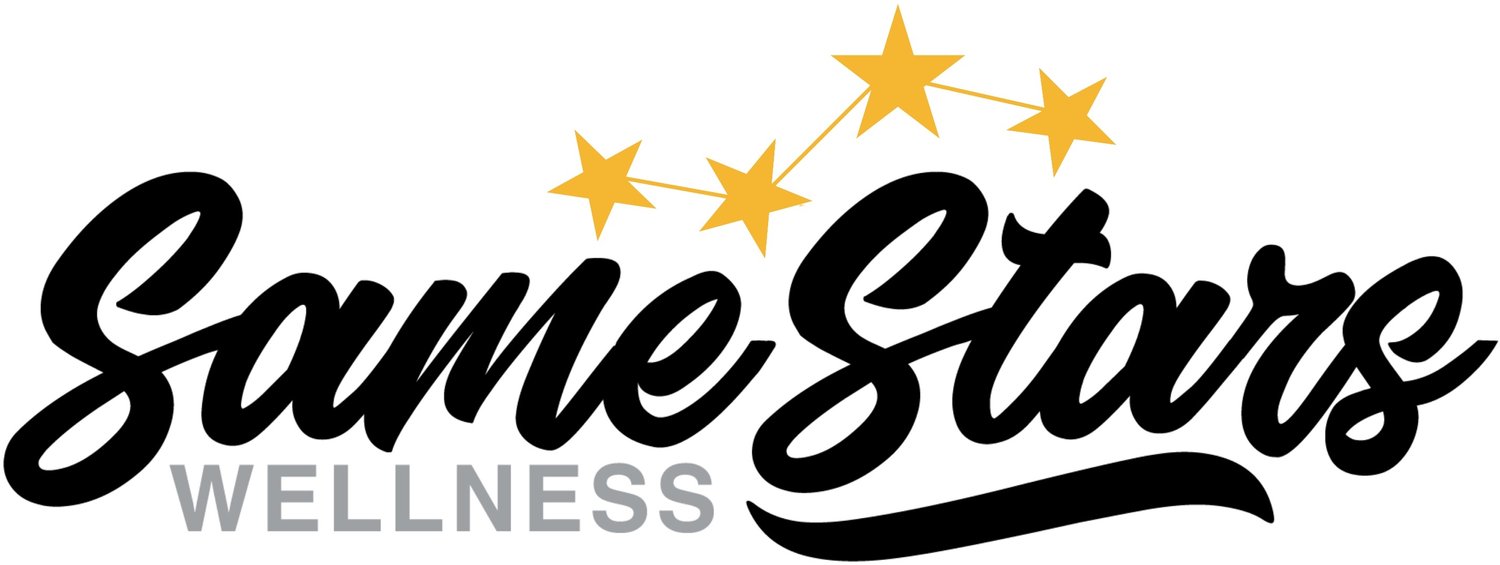Beyond the Meltdown: What Burnout Looks Like in Neurodivergent Kids
“Why is everything so hard all of a sudden?”
If your child—who once coped relatively well—suddenly seems exhausted, irritable, withdrawn, or emotionally flooded, they may not be “acting out.” They may be experiencing neurodivergent burnout.
This kind of burnout is especially common in kids with autism, ADHD, or sensory processing differences. And while the term is becoming more recognized online, most families still feel alone, confused, or dismissed when trying to get help.
At Same Stars Wellness, we see and support this all the time. Burnout is real. It’s not a failure—it’s a signal. And there’s support available.
🧠 What Is Neurodivergent Burnout?
Burnout in neurodivergent children isn’t just being “tired” or “stressed.”
It’s a nervous system crash after too much masking, too many demands, or too little support. It’s physical, emotional, cognitive—and invisible to many systems.
Common signs include:
Chronic fatigue, needing much more sleep than usual
Meltdowns after school or overstimulation
Loss of skills or regression (e.g., toileting, speech)
Avoidance of tasks they used to enjoy
Increased anxiety, shutdowns, or explosive behaviour
Digestive or immune challenges (the body is worn down)
Burnout builds up over time, often after long periods of pushing through without rest, support, or space to be their full self.
🌿 How We Support Burnout Recovery in Kids
At Same Stars, we take burnout seriously. We work with families to build realistic, nervous system-friendly care plans that honour your child’s energy levels and identity.
✅ Craniosacral Therapy (CST)
CST is a gentle, non-invasive way to help the body regulate. Practitioners like Carla Feher, who specializes in pediatric CST and trauma recovery, use soft touch to support the nervous system in shifting out of “fight or flight.”
CST can help:
Reduce sensory overload
Promote deep rest and calm
Restore parasympathetic balance
Ease physical symptoms of burnout (headaches, GI issues, tension)
✅ Occupational Therapy with a Sensory Lens
Our OT team works with families to:
Adjust routines and environments
Reduce sensory demands
Support executive function with less stress
Rebuild energy through sensory-based regulation strategies
The focus isn’t pushing through—it’s pausing and rebuilding.
✅ Parent Partnership & Realistic Pacing
We help you identify burnout triggers and shifts—without shame. You’ll leave with clear, compassionate strategies for your child and for yourself.
💬 What Parents Are Saying
“I thought we were doing something wrong. Then Carla explained it was burnout—it changed everything.”
“It’s the first time someone helped without judging us or rushing us.”
“He’s smiling again. He’s playing again. He finally feels safe.”
🌈 Burnout Isn’t Bad Behaviour. It’s a Call for Help.
If your child is shutting down, withdrawing, or melting down more often, let’s take a breath. Let’s meet them where they are.
Our team of trauma-aware, neurodivergence-affirming practitioners can support your child’s recovery—with care that’s gentle, evidence-informed, and realistic.
👉 Book online or reach out with questions—we’re here to help your family find rest and balance again.
📚 Further Reading & Resources
💛 You are not alone. We’re honoured to be part of your child’s healing story.

